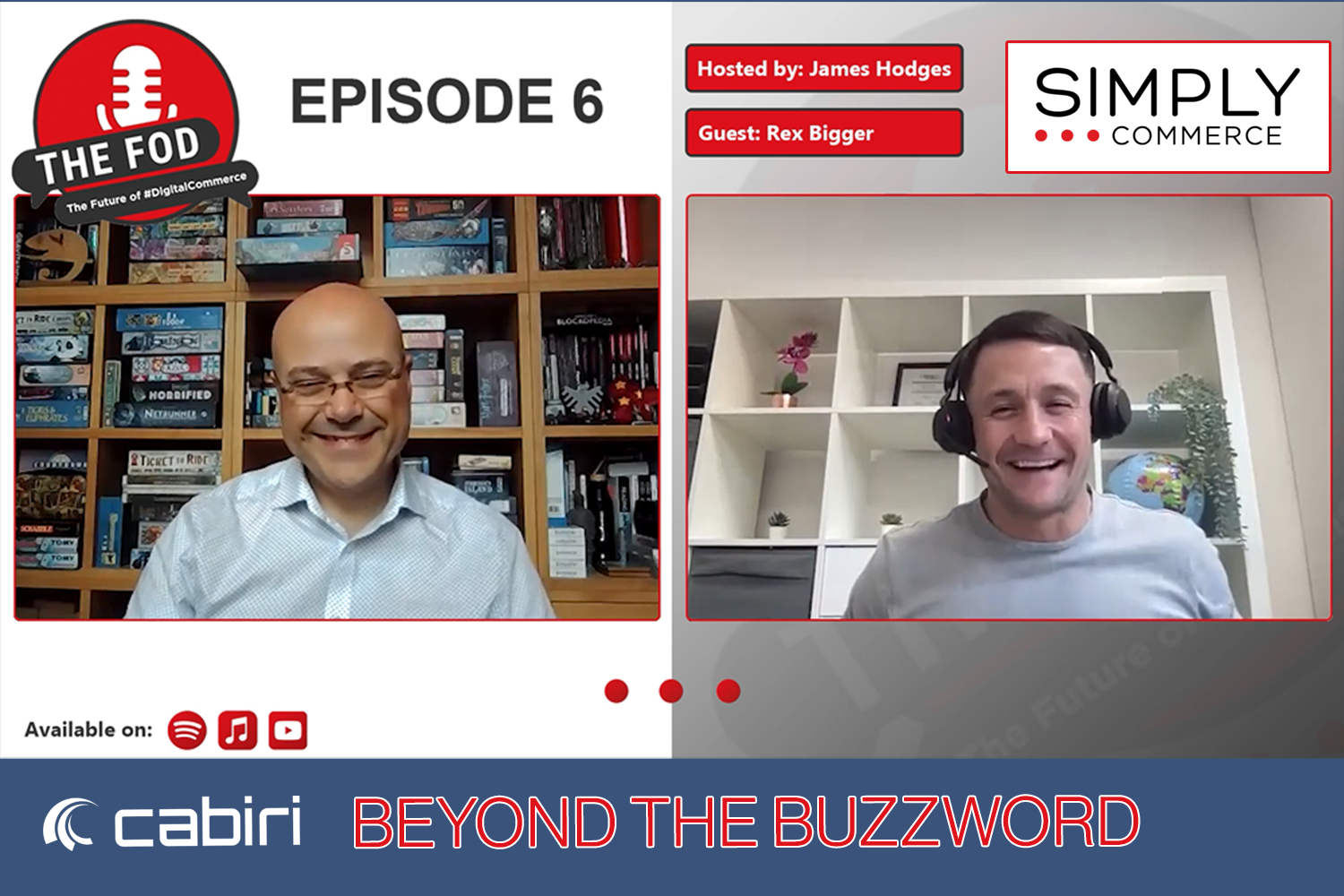MACH vs Composable
Deciphering the Buzzwords
As the digital world becomes increasingly complex, industry buzzwords like MACH (Microservices, API-first, Cloud-native, and Headless) and Composable Commerce have taken centre stage. As more and more articles appear comparing the two, many have been thrown into a whirlwind of confusion as they are faced with 'MACH vs Composable' scenarios, and are left wondering: which of these is the better option?
The reality is that comparing MACH and Composable Commerce is like comparing apples to an entire orchard. The 'versus' argument can indeed cause confusion for clients, as these concepts are fundamentally different in their scope and application.
Firstly, MACH is a technology approach. It's a set of principles that revolve around using microservices to create modular applications; implementing an API-first approach to facilitate seamless integration; leveraging cloud-native architectures for flexibility and scalability; and employing headless technologies to separate front and back ends. The beauty of MACH lies in its potential to enable companies to build flexible, adaptable, and scalable digital experiences.
Composable Commerce, on the other hand, is a much broader ideology. It's about empowering businesses to select and assemble various components into a tailor-made commerce solution that meets their unique needs. It's not confined to technology alone but extends to business strategies and practices as well. Composable Commerce encourages businesses to break free from rigid, monolithic systems, and embrace modularity and flexibility in every aspect of their operations.
So, why does the MACH vs Composable debate stir up confusion? Primarily, it's because these are two separate categories, not two competing options. MACH is a collection of technology principles, and Composable Commerce is an overarching business strategy that can utilize these principles. They can coexist and mutually reinforce each other.
The MACH principles can be instrumental in the execution of a Composable Commerce strategy. Microservices enable businesses to pick and choose functionalities as per their needs. API-first design ensures these components can be seamlessly integrated. Cloud-native architecture provides the necessary scalability, and headless technologies allow businesses to customize experiences independently.
When being presented with choosing MACH or Composable Commerce, clients should realize they are not choosing one over the other. Instead, they are determining how deeply they want to delve into the world of digital flexibility and modularity. A company might choose to implement a MACH technology approach without fully embracing the Composable Commerce ideology. However, a business fully committed to Composable Commerce would inevitably utilize MACH principles, and would see benefits if all the elements followed this strategy.
To summarise, MACH and Composable Commerce are two sides of the same coin. The former is a technology-focused approach that empowers flexibility and customization, while the latter is a broader ideology that applies this flexibility to every facet of business operations. They complement each other rather than compete, and understanding this is crucial for clients seeking to navigate the complex landscape of modern digital commerce.
In this challenging economic environment, businesses should not be asking 'MACH or Composable Commerce?' or listening to people sowing confusion. Instead, they should be exploring how these approaches can harmoniously work together to build a flexible, scalable, and future-proof digital infrastructure. By doing so, they can position themselves to be leaders as the economy opens up, at the forefront of the digital revolution, ready to adapt and thrive in the ever-changing landscape.



